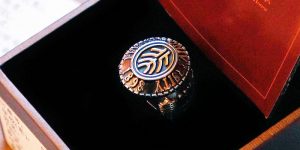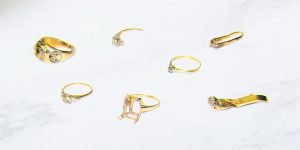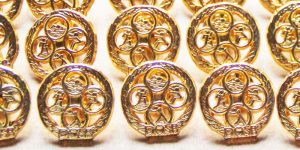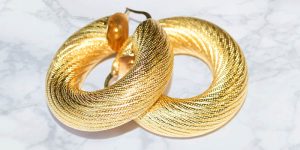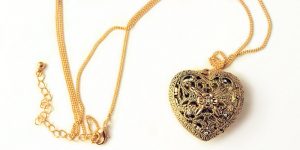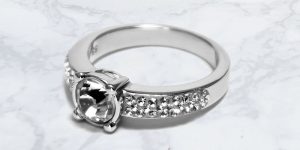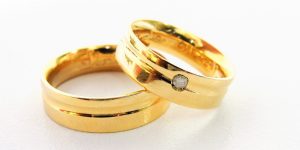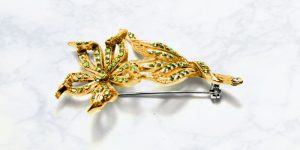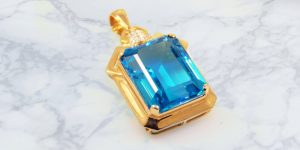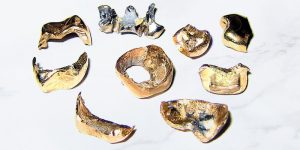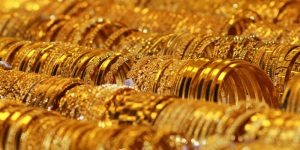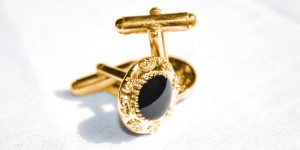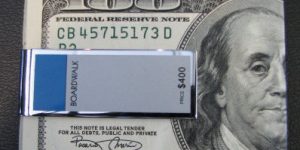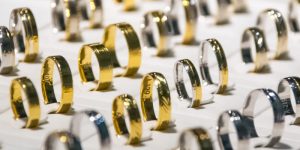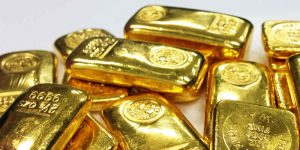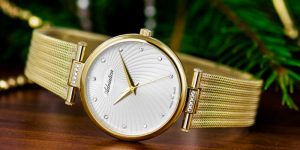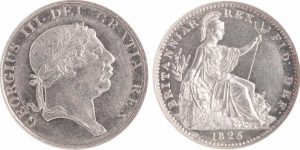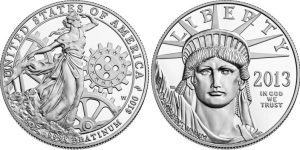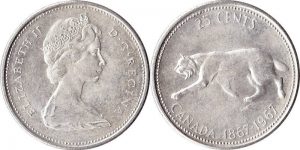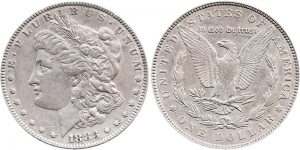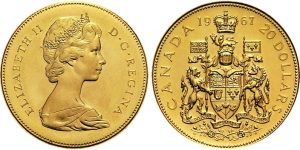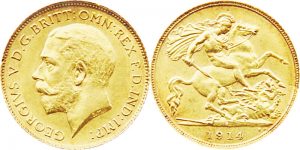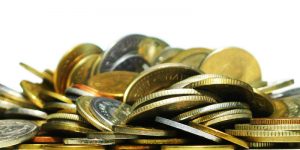Sell old, unwanted precious metals to True North Gold Buyer
Class or Graduation Ring
Bent & Broken Jewellery
Earrings, single or pair
Gold Necklaces & Chains
Amulets & Pendants
Gold Teeth (Dental Gold)
Bangles and Chudi
Gold, Silver & Platinum Rings
Platinum Coins, fineness < .999
Platinum Coins, fineness .999
Canadian Silver Dollar pre 1967
US Silver Dollar pre 1965
Canadian Commemorative Gold Coins
British Gold Sovereign
Gold, Silver & Platinum Coins
Examples of items we buy
- Buyer for 8-24 KT gold scrap
- Sell us your bent & broken jewellery
- Buyer for Gold rings & Class rings
- Buyer for Engagement rings & wedding bands
- Buyer for single or pairs of Gold Earrings
- Buyer for Gold Necklaces & chains
- We buy your Gold Bracelets
- Buyer for Gold Pins & Brooches/Broaches
- Buyer for Gold Pendants, Lockets & charms
- Buyer for Dental Gold
Gold Items
At True North Gold Buyer Ltd., the gold buyer of your choice, we offer you top prices for your old gold or other gold containing items, such as rings, bracelets, necklaces, earrings, watches, coins, bars or dental gold. Below you will find further information on gold and a table with a detailed list of items we buy. If you cannot find your item or material in that table, please give us a call at (705) 302 1055 so we can assess if we are able to buy and process your material. If you have larger volumes (> 5 toz of gold or >400 toz of silver) please have a look at our commercial customer section.
Because of the softness of pure (24k) gold, it is usually alloyed with base metals for use in jewellery, altering its hardness and ductility, melting point, color and other properties. Alloys with lower karatage, typically 22k (also called crown gold), 18k, 14k or 10k, contain higher percentages of copper, or other base metals or silver or palladium in the alloy. Copper is the most commonly used base metal, yielding a redder color. Eighteen karat gold containing 25% copper is found in antique and Russian jewellery and has a distinct, though not dominant, copper cast, creating rose gold. Fourteen karat gold-copper alloy is nearly identical in color to certain bronze alloys, and both may be used to produce police, as well as other, badges. Blue gold can be made by alloying gold with either gallium or indium and purple gold can be made by alloying with aluminium, although rarely done except in specialized jewellery. Blue gold is more brittle and therefore more difficult to work with when making jewellery. Fourteen and eighteen karat gold alloys with silver alone appear greenish-yellow and are referred to as green gold. White gold alloys can be made with palladium or nickel. White 18 karat gold containing 17.3% nickel, 5.5% zinc and 2.2% copper is silver in appearance. Nickel however is toxic and its release from nickel white gold is controlled by legislation in Europe. Alternative white gold alloys are available based on palladium, silver and other white metals (World Gold Council), but the palladium alloys are more expensive than those using nickel. High-karat white gold alloys are far more resistant to corrosion than are either pure silver or sterling silver.
Silver Items
At True North Gold Buyer Ltd., the gold, platinum & silver buyer of your choice, offer you top prices for your old or broken silver jewellery, silverware or other silver containing items, such as rings, bracelets, necklaces, earrings, watches, coins or bars. Below you will find further information on silver and a table with a detailed list of items we buy. If you cannot find your item or material in that table, please give us a call at (705) 302 1055 so we can assess if we are able to buy and process your material. If you have larger volumes (> 5 toz of gold or >400 toz of silver) please have a look at our commercial customer section.
Jewellery and silverware are traditionally made from sterling silver (standard silver), an alloy of 92.5% silver with 7.5% copper. In the United States, only an alloy consisting of at least 92.5% fine silver can be marketed as “silver”. Sterling silver is harder than pure silver, and has a lower melting point (893 °C) than either pure silver or pure copper. Britannia silver is an alternative hallmark-quality standard containing 95.8% silver, often used to make silver tableware and wrought plate.
Sterling silver jewellery is often plated with a thin coat of .999 fine silver to give the item a shiny finish. This process is called “flashing”. Silver jewellery can also be plated with rhodium (for a bright, shiny look) or gold.
Silver is a constituent of almost all coloured karat gold alloys and karat gold solders, giving the alloys paler colour and greater hardness. White 9 karat gold contains 62.5% silver and 37.5% gold, while 22 karat gold contains up to 8.4% silver or 8.4% copper.
Silver is cheaper than gold, though still valuable, and so is very popular with jewellers who are just starting out and cannot afford to make pieces in gold, or as a practicing material for goldsmith apprentices. Silver has also become very fashionable, and is used frequently in more artistic jewellery pieces.
Silver is used in medals, denoting second place. Some high-end musical instruments are made from sterling silver, such as the flute.
Platinum Items
At True North Gold Buyer Ltd., the gold, silver & platinum buyer of your choice, we offer you top prices for your old or broken platinum jewellery or platinum containing items, such as rings, bracelets, necklaces, earrings, watches, coins or bars all across Canada. Below you will find further information on platinum and a table with a detailed list of items we buy. If you cannot find your item or material in that table, please give us a call at (705) 302 1055 so we can assess if we are able to buy and process your material. If you have larger volumes (> 5 toz of gold or >400 toz of silver) please have a look at our commercial customer section.
Platinum’s wear- and tarnish-resistance characteristics are well suited for making fine jewellery. Platinum is more precious than gold or silver. Platinum possesses high resistance to chemical attack, excellent high-temperature characteristics, and stable electrical properties. All of these properties have been exploited for industrial applications.
Coins, bars, and ingots are traded or collected. Platinum finds use in jewellery, usually as a 90-95% alloy, due to its inertness and shine. In watchmaking, Vacheron Constantin, Patek Philippe, Rolex, Breitling and other companies use platinum for producing their limited edition watch series. Watchmakers highly appreciate the unique properties of platinum as it neither tarnishes nor wears out.
Various other minor applications are electrodes, anticancer drugs, oxygen sensors, spark plugs and turbine engines.
The price of platinum, like other industrial commodities, is more volatile than that of gold. In 2008 the price of platinum ranged from $774 to $2,252 per oz. During periods of sustained economic stability and growth, the price of platinum tends to be as much as twice the price of gold, whereas during periods of economic uncertainty, the price of platinum tends to decrease due to reduced industrial demand, falling below the price of gold.
